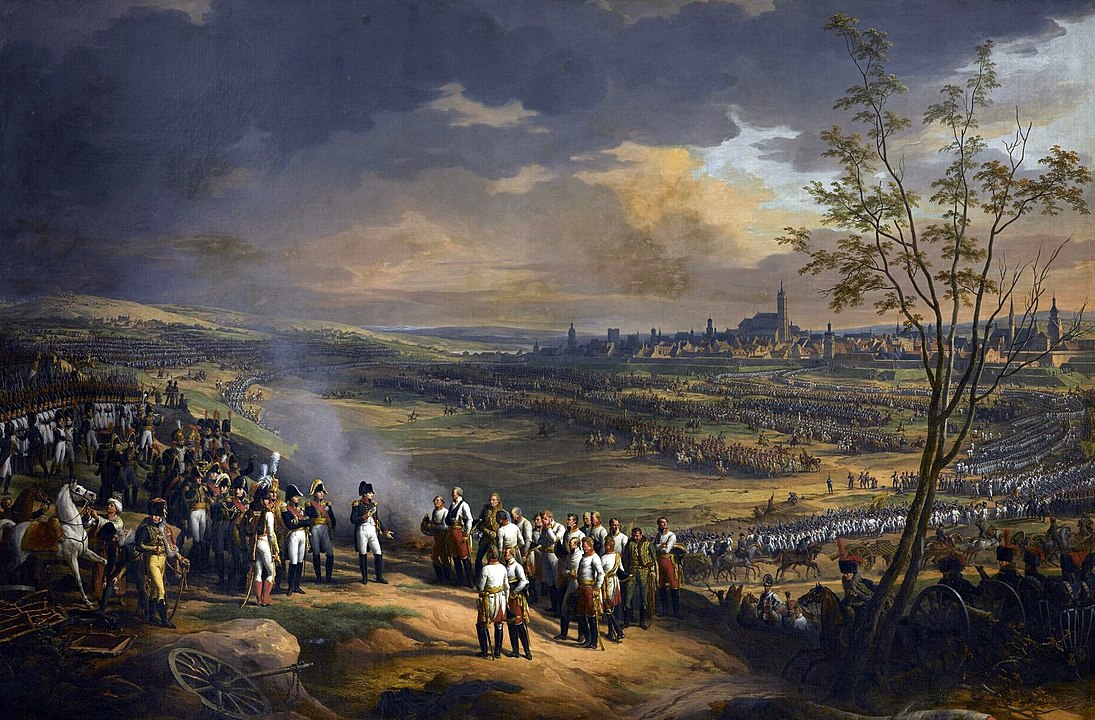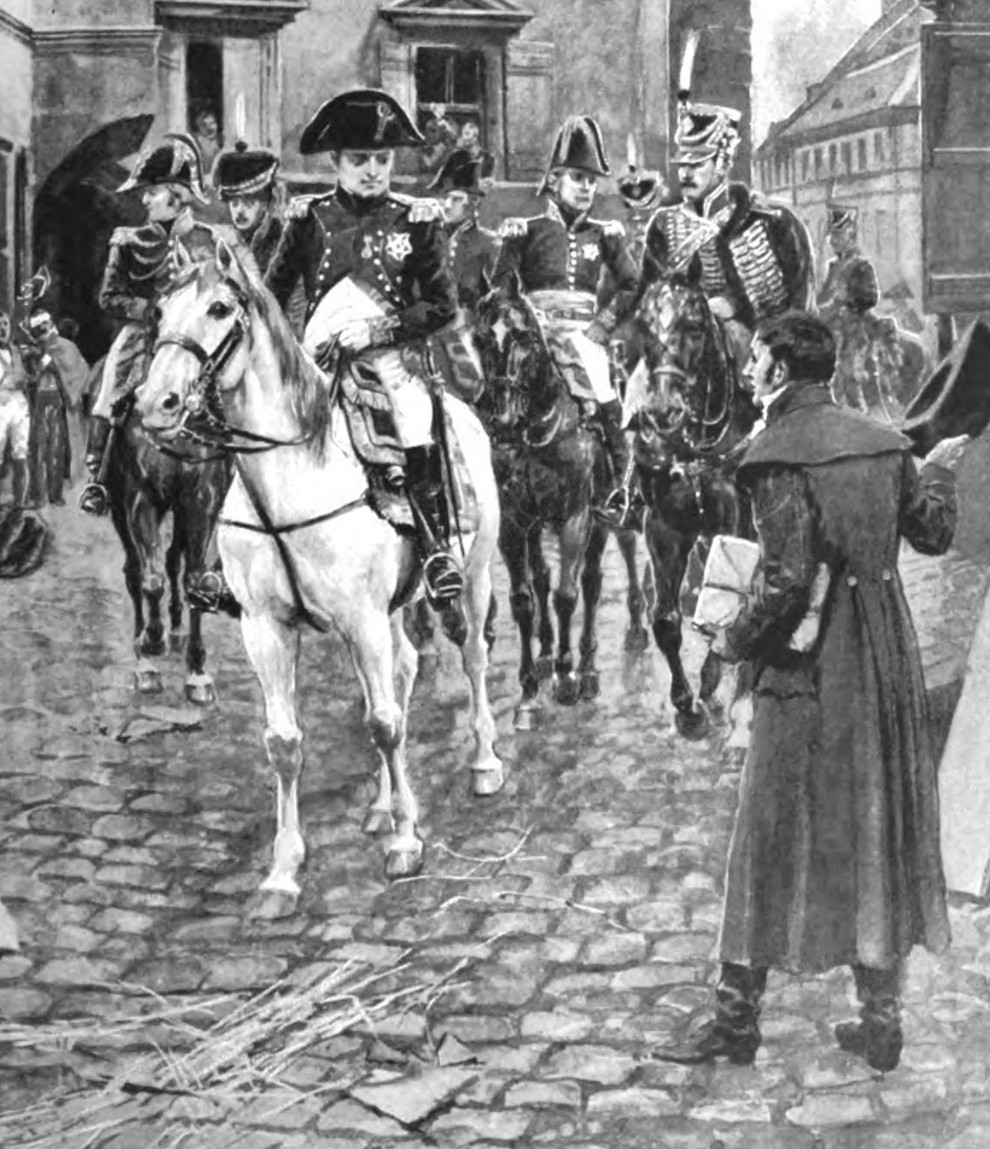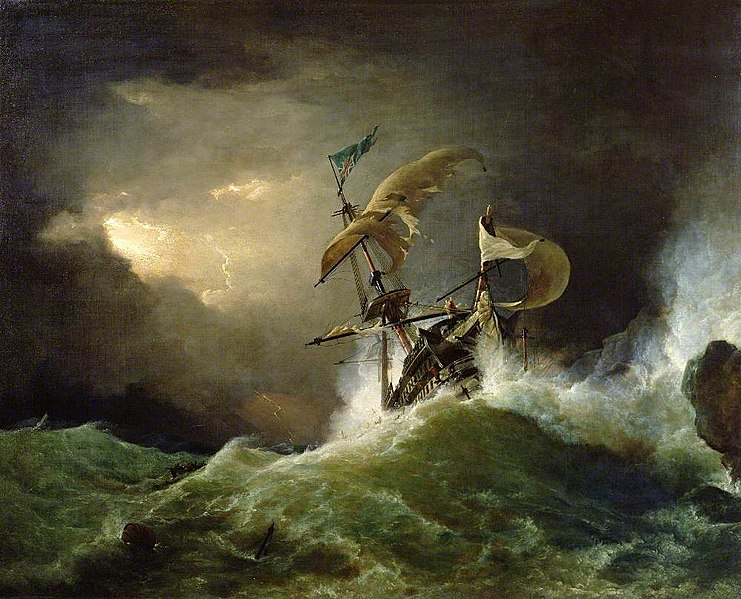Tolstoy's Critique of Great Man Theory
In the 19th century, many historians embraced the Great Man Theory, which claims that a handful of extraordinary leaders dictate the course of events through their intellect, charisma, or cunning. In War and Peace, however, Leo Tolstoy vigorously challenges that notion. Rather than portraying history as the product of singular genius, he shows it emerging from the intricate interplay of countless small actions, chance occurrences, and sweeping forces beyond any one individual’s control. Tolstoy ultimately dismantles the belief that “great men” alone guide history by emphasizing this chaotic mesh of decisions and accidents.
Rather than portraying history as a linear, purpose-driven process led by prominent figures, Tolstoy depicts events as unfolding through a complex, hard-to-calculate process. In War and Peace, no single person or character steers the course of events. Instead, many small decisions, actions, and accidents collectively shape the story.
His narrative critiques the Great Man Theory by conveying how individuals are carried along by forces larger than themselves. Tolstoy’s view of history is that it is an ocean; history is a pervasive, powerful, and vast power that guides events uncaring of a single human’s will or intentions. By emphasizing the endless crosscurrents of decisions, coincidences, and chance, Tolstoy undercuts the notion that any single leader or great man can steer the course of history. Tolstoy’s characters are relentlessly pushed about by forces rather than controlling them”
One example of this appears at the novel’s beginning when Tolstoy describes (through the dialogue of characters) the Third Coalition’s attempt to forge a grand strategy to annihilate Napoleon. We learn that Austria, Russia, and other allies meticulously plan to trap and crush the French forces. Yet, later in the story, we learn how their unified blueprint rapidly disintegrates. The failures of the Third Coalition drive home Tolstoy’s argument that even with the best of planning, no human plan or genius can fully predict or harness the current of history.
Tolstoy’s account here pokes at the Great Man Theory by showing that no singular genius can impose his will on countless participants’ vast, interwoven actions. Rather than highlighting a single, decisive failure or a single mastermind’s brilliance, Tolstoy points to a chain of small choices, coincidences, and miscommunication that thwart the coalition.
 Later in the novel, Tolstoy provides a complementary illustration (although with Napoleon losing this time) in the depiction of the Battle of Borodino, where the “fog of war” is vividly demonstrated. Despite Napoleon’s meticulous battle plans, the combat quickly descends into confusion on the ground. Orders are lost in the roar of artillery; messengers are wounded or delayed; entire units find themselves fighting in unexpected locations. Commanders like Kutuzov issue broad directives but often learn only hours later that front-line conditions have shifted dramatically. Captains and lieutenants must make split-second decisions amid swirling gun smoke and shifting troop positions. In this maelstrom of conflicting reports and unforeseen complications, no single individual—no matter how brilliant—can dictate the course of the battle. All plans are continuously revised by thousands of small, seemingly trivial actions and adaptations.
Later in the novel, Tolstoy provides a complementary illustration (although with Napoleon losing this time) in the depiction of the Battle of Borodino, where the “fog of war” is vividly demonstrated. Despite Napoleon’s meticulous battle plans, the combat quickly descends into confusion on the ground. Orders are lost in the roar of artillery; messengers are wounded or delayed; entire units find themselves fighting in unexpected locations. Commanders like Kutuzov issue broad directives but often learn only hours later that front-line conditions have shifted dramatically. Captains and lieutenants must make split-second decisions amid swirling gun smoke and shifting troop positions. In this maelstrom of conflicting reports and unforeseen complications, no single individual—no matter how brilliant—can dictate the course of the battle. All plans are continuously revised by thousands of small, seemingly trivial actions and adaptations.
Tolstoy here is demonstrating that no plan survives after contact with the enemy. When live fighting breaks out, the unpredictability of events drastically increases, communication is hindered, and the ability to control events from top-down commanders is greatly reduced. When fighting breaks out it’s largely not the genius of the commanders that determines the outcome of the battle, but rather the sum of the (extremely hard to calculate beforehand) myriad of much smaller choices, sacrifices, and successes that every participant is contributing.
Tolstoy also critiques the role of individual intention outside the military sphere. The domestic turmoil surrounding Natasha Rostova’s broken engagement with Prince Andrei provides a counterpoint to the grand events of the war. Despite the hopeful plans and emotional fervor that initially bind them together, the relationship unravels when Natasha becomes entangled with Anatole Kuragin. Neither Natasha’s youthful passion nor Anatole’s scheming can steer events to their intended outcome; instead, chance encounters, social expectations, and the chaotic weave of family ties ultimately dictate the course of these personal dramas. Bothhe lovers’ and the family’s best-laid plans collapse under the weight of unpredictable circumstances, mirroring the broader historical pattern in which individual designs cannot fully master the flow of life.
 The core theme in War and Peace is that many events — both large and small, societal and domestic — develop unpredictably rather than as a neat chess match governed by the rationality of man. By underscoring the unpredictable interplay of chance, miscommunication, and personal initiative, Tolstoy shows that there is a deeper, dynamic propelling history far beyond the grasp of any individual. Tolstoy invites us to see human affairs not as a collection of heroic, calculated feats but as expressions of underlying much smaller scaler choices and decisions.
The core theme in War and Peace is that many events — both large and small, societal and domestic — develop unpredictably rather than as a neat chess match governed by the rationality of man. By underscoring the unpredictable interplay of chance, miscommunication, and personal initiative, Tolstoy shows that there is a deeper, dynamic propelling history far beyond the grasp of any individual. Tolstoy invites us to see human affairs not as a collection of heroic, calculated feats but as expressions of underlying much smaller scaler choices and decisions.
By the novel’s end, Pierre breaks free from the grand illusions that spurred him—and others—to believe they could reshape history through sheer strength of will. Initially enthralled by lofty ideas and conflict, he endures war and is broken by it rather than emboldened. Out of that experience and the humility that results from it emerges a quiet but profound bond with Natasha, a love that stands firm amid the novel’s chaos. Those who try to shape the waves of history often get smashed on the rocks, while those who embrace small, genuine human connections find the meaning they sought all along.
Images (top to bottom): 1 Battery of Raevsky, Franz Roubaud (1812). 2 Hegel and Napoleon in Jena, unknown author (1895). 3 Reddition de la ville d’Ulm, Charles Thévenin (1805)., Leonid Osipovich (1893). 5 Chess-Players, Honore Daumier (1863). 6 A First rate Man-of-War driven onto a reef of rocks, floundering in a gale, George Philip Reinagle (1826).


